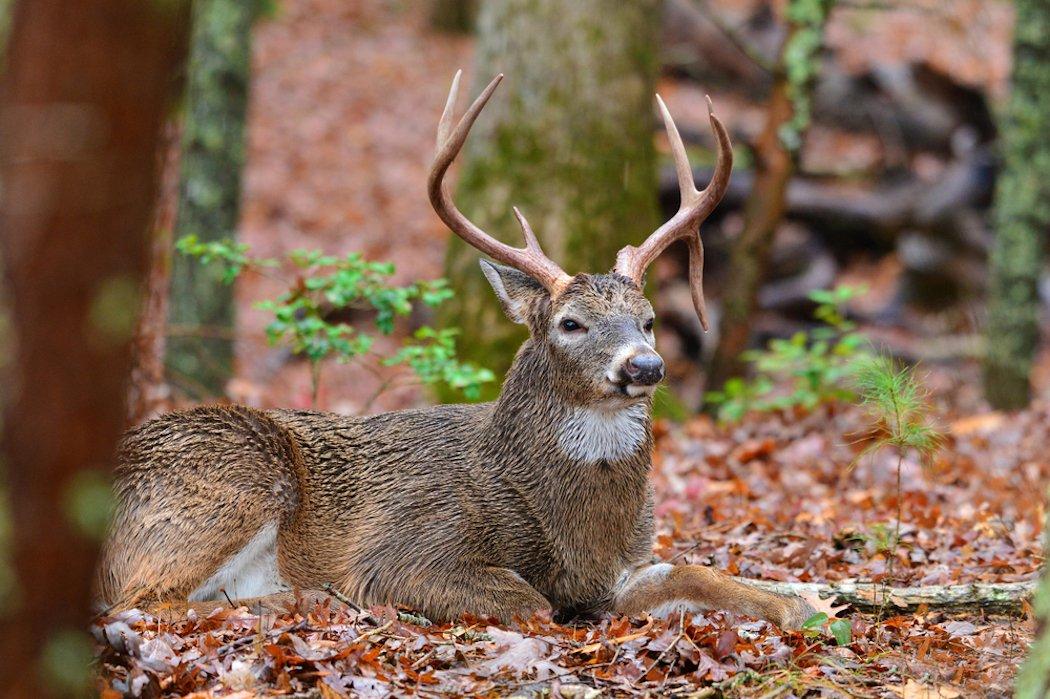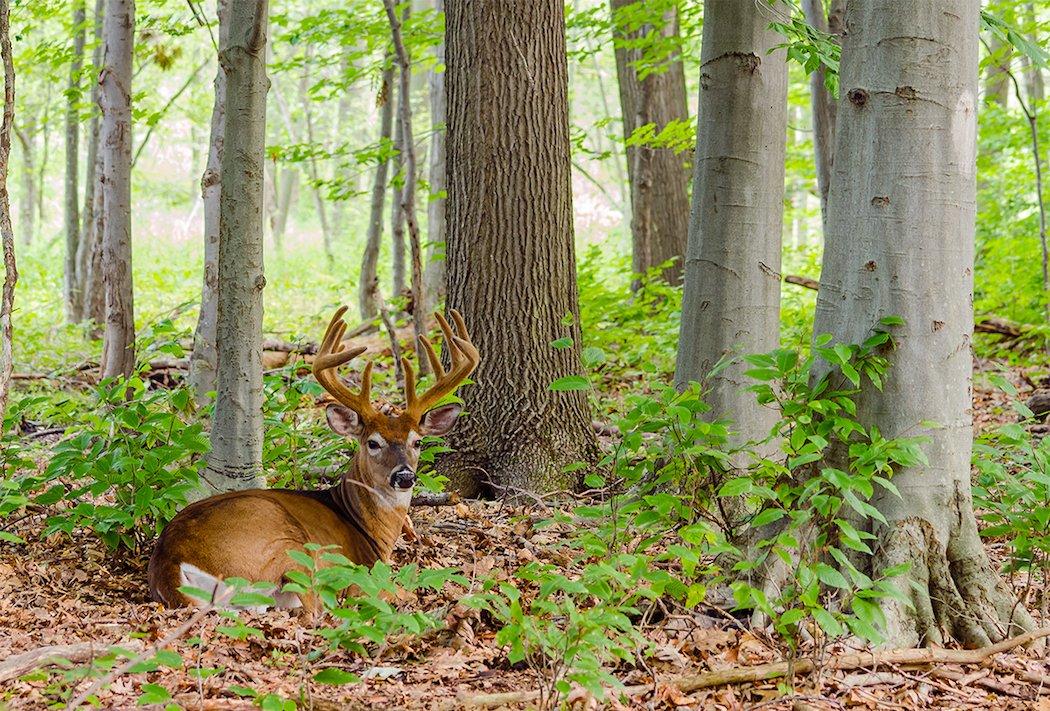What You Do or Don't Do in the Next Couple of Months Could Make or Break Next Fall
The off-season is a time to rest, reflect and grow as a deer hunter. But it's also a time to work. It's a time to map trails, find rut sign, track down bedding areas and a plethora of other to-dos. Put simply, it's not just a time — but the time — to get big projects done for the following season.
One of those projects is to look for target buck beds. This is where you search through known (and unknown) bedding areas to find the exact beds you believed big bucks were using during the season. Once you find them, mark them on an aerial map, make a few pertinent notes and you have a serious leg up the next year.
Having this information is important for several reasons. If you know exactly where mature bucks are bedding, you know where (and where not) to set up. It's invaluable information to have.
Sure, just because a buck bedded in a spot this past season doesn't mean that buck will be bedded there next fall and/or winter. But it very well could be, though. I've found this to be true on many occasions through trail camera use, in-the-field scouting and actual hunting.
The best part — even if that buck doesn't bed there the next year, there is a good change another buck will. Why? Because that specific location likely gave its occupant some sort of survival advantage. It was most likely a wind advantage. But it also could have offered visual and audible advantages as well. Or other satellite beds around it that were used by does and younger bucks could have acted as a buffer from intruding predators, which could also provide advantages.
If you didn't already, now you know the importance of finding these beds. But how do you find them? That's the most difficult part of this puzzle. But it isn't impossible to decipher. The first thing to examine is the terrain features. Buck bedding is going to look starkly different in marshes than oak ridges. Or even ag land than southern pine plantations for that matter. So it's difficult to explain exactly where a buck will be bedded with all of these variations in topography and habitat.
That said, always remember these key factors:
- Bucks use advantageous terrain.
- They bed close to food when unpressured.
- They bed in more remote (or overlooked) areas when pressured.
- Generally, bed facing downwind and watch their backtrail.
- Caution and specific habitats vary from buck to buck.
Once you're afield, there are certain areas bucks seem to gravitate to as bedding areas. The land(s) you hunt will likely have one or more of these key features. Be on the lookout for buck bed sign when you scout through these areas.
- Marsh edges
- Swamp interiors
- Ridge points
- Mid-range leeward benches
- Low flats
- Big woods
- Cedar thickets
- Islands of trees
- Standing crop fields
- CREP and CRP
- Cutover timber
- Suburban areas
- Around old farm building and equipment
- Ditches and drainage systems
- River and creek oxbows
I know that's a lot of information to ingest all at once. And it's an expansive list. You might look at it with a raised eyebrow and say, Looks like they'll bed about anywhere. That statement is both true and false. It's true that they can be found bedding just about anywhere. But said place has to offer security for them to do so.
It's also important to note that, like myself, most people hunt small properties. In that case, most of the lands you hunt will only exhibit a handful of the 15 land properties above — if that. Most pieces of ground aren't diverse enough to offer more than five or six of them in one location. So, when you see them, scout for buck beds and record what you find. It just might help you fill your deer tags next season.
The moral of all this banter — once you locate and mark specific buck beds, you can come back during the season and hunt those beds. Get as close as you can without spooking deer and put yourself in a good position to see that deer during daylight. You might even kill it.
Don't Miss: 20 Deer Hunting Lies Your Granddaddy Told You
Are you a deer hunter wanting to learn how to accomplish your goals? Check out our stories, videos and hard-hitting how-to's on deer hunting.









